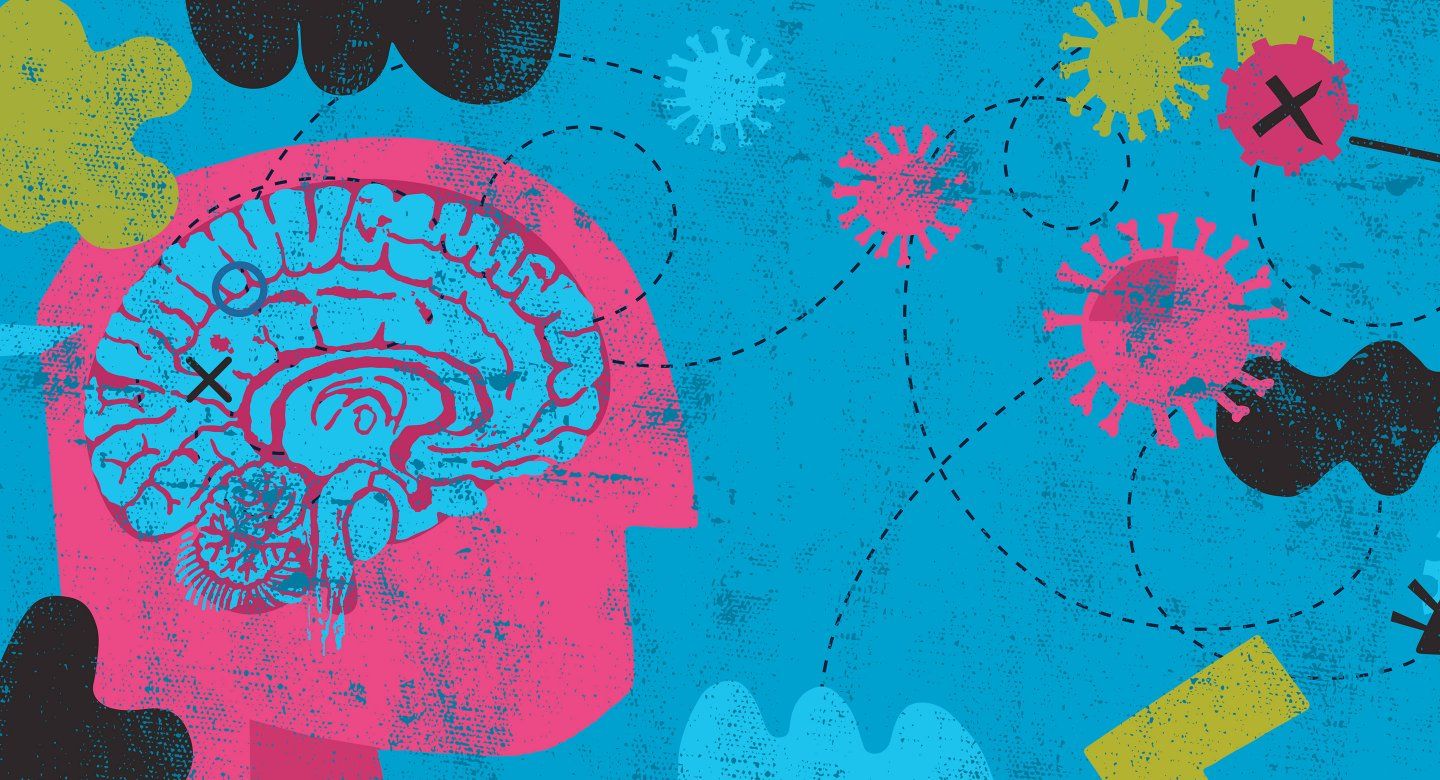Feeling Re-Entry Anxiety? Expert Advice on Navigating COVID-19 Reopenings
As COVID-19 vaccinations continue, and cities and states move toward full re-opening, many people are feeling re-entry anxiety – an uneasiness about returning to the old normal of schools and offices, hugs and handshakes, and social gatherings large and small.
The American Psychological Association reports that Americans are experiencing the highest levels of stress since April 2020, and that half of surveyed adults are uneasy about returning to in-person interactions. It’s as if each of us, having spent the last year adrift in space, alone or in our small pods, now has to navigate a re-entry into co-existence.
“Re-entering the busy world will be a new type of stress, because we’re not used to it anymore,” said Elissa Epel, PhD, professor and vice chair in the Department of Psychiatry. “It simply has a lot of challenges embedded into it: being in traffic, getting to work on time, parking, managing family schedules, and having social interactions all day. Those are the small things that can add up to leave you feeling overstimulated or exhausted, making it an unpleasant transition.”
There’s no right or wrong way to handle re-entry, but mental health experts offer some advice: communicate your needs, go at your own pace, and think of the changes as a way to build resilience.
A Range of Potential Anxiety
Just as we all had different pandemic experiences, our re-entry experiences will be diverse.
“There’s going to be a range of potential anxiety,” said Stacy Torres, PhD, assistant professor of Social Behavioral Sciences at the UCSF School of Nursing, “and we really can’t assume things in terms of people’s lived experiences, or of how they’ve been safeguarding themselves – or not – in the past year.”
This will show up in the most basic, everyday interactions. Epel tells a story which may soon be common: “I was talking to someone, but she was too close to me for my comfort. As I stepped backwards, she stepped forward. With each step my anxiety was rising!” Epel said that though it may not be fully rational, given the new data about vaccination safety, but some of us need time to adjust to close encounters.
There’s going to be a range of potential anxiety, and we really can’t assume things in terms of people’s lived experiences, or of how they’ve been safeguarding themselves – or not – in the past year.
The solution? Communicate, early and often, Epel said. “What I learned from that is, I shouldn't be embarrassed to share my needs or my discomfort, and just simply say, ‘I'm used to talking at more of a distance, if you don't mind.’ There's nothing stigmatized about that.”
“People should feel permission to not conform to what others may be doing,” said Epel, “and to transition in the way that works for them. We’re re-entering a different world, with new rules, and we are coming from different pandemic experiences. Decide what boundaries you want to have, what activities you are comfortable with, and communicate that to others.”
That flexible transition won’t be possible unless empathy extends beyond interpersonal relations, said Torres. Governments and businesses should find ways to account for a spectrum of needs. “That’s challenging for institutions in terms of thinking about bringing people back together or not,” she said. “Is that desirable? Is it practical?”
For some institutions, a year of telecommuting has reduced the pressure to rush back into crowded office spaces, said Torres. “Are you really going to travel three hours for a 45-minute meeting?”
The UCSF Employee Coping and Resiliency Program offers some tips for managers to support employees who may feel anxious about returning to in-person work.
“If you can, go slow,” said Epel. “If we are not rushing, we can appreciate the blessings of returning to freedom in so many ways.”
Adding to Existing Stresses
While the pandemic created its own difficulties, for many people, it also exacerbated previously existing stresses, such as food insecurity, housing issues and financial struggles, said Sarah Metz, PsyD, the chief psychologist for Zuckerberg San Francisco General Hospital and director of Trauma Recovery Services for UCSF.
Metz said the Trauma Recovery Center provided 25 percent more individual therapy sessions during the first six months of shelter-in-place as compared to the baseline.
As we face another transition period, Metz said that seeking out or continuing mental-health services during reentry can help. And with telehealth becoming more common during the pandemic, it’s easier to access from home.
“If folks are really continuing to feel paralyzed or not able to leave the home, doing a lot of cleaning, hand washing, really preoccupied with fears of getting sick, I would recommend working with a therapist that specializes in phobias or obsessive-compulsive disorder,” she said. “For some, adding medication support could be helpful.”
Starting Small
The experts agree that reentry can be gradual: Evaluate and adjust your comfort levels one encounter, one grocery-store trip at a time.
“Start small,” said Metz. “Maybe you go to a cafe with a friend who’s also vaccinated, or you have that friend over to your house for 10 minutes, 20 minutes, 30 minutes and see how you feel. Maybe you start the interaction with the window open and the fan on maybe after 10 minutes, you turn the fan off or close the window.”
Re-entry may be an opportunity to cultivate resilience – the ability to rebound after challenges. Torres said the older adults she works with, in their 60s to 90s, have taught her a lot about resilience.
“Even though older people face particular risks with this virus, they're so resilient,” she said. “They drew on a lifetime of different hardships, different losses, different traumas, maybe they lost a spouse or a partner.”
They reminded Torres that even when the routines we carefully build and cultivate – before, during and after this pandemic – are broken, we can find the resilience to build new ones.
